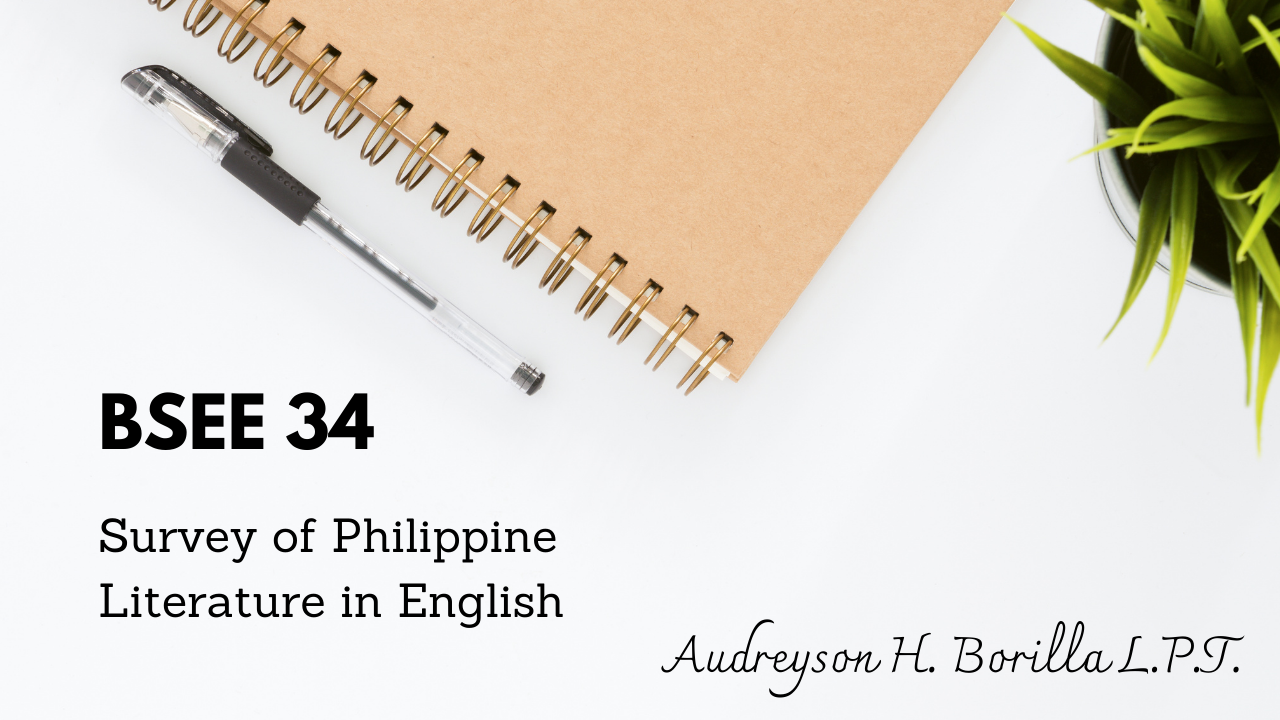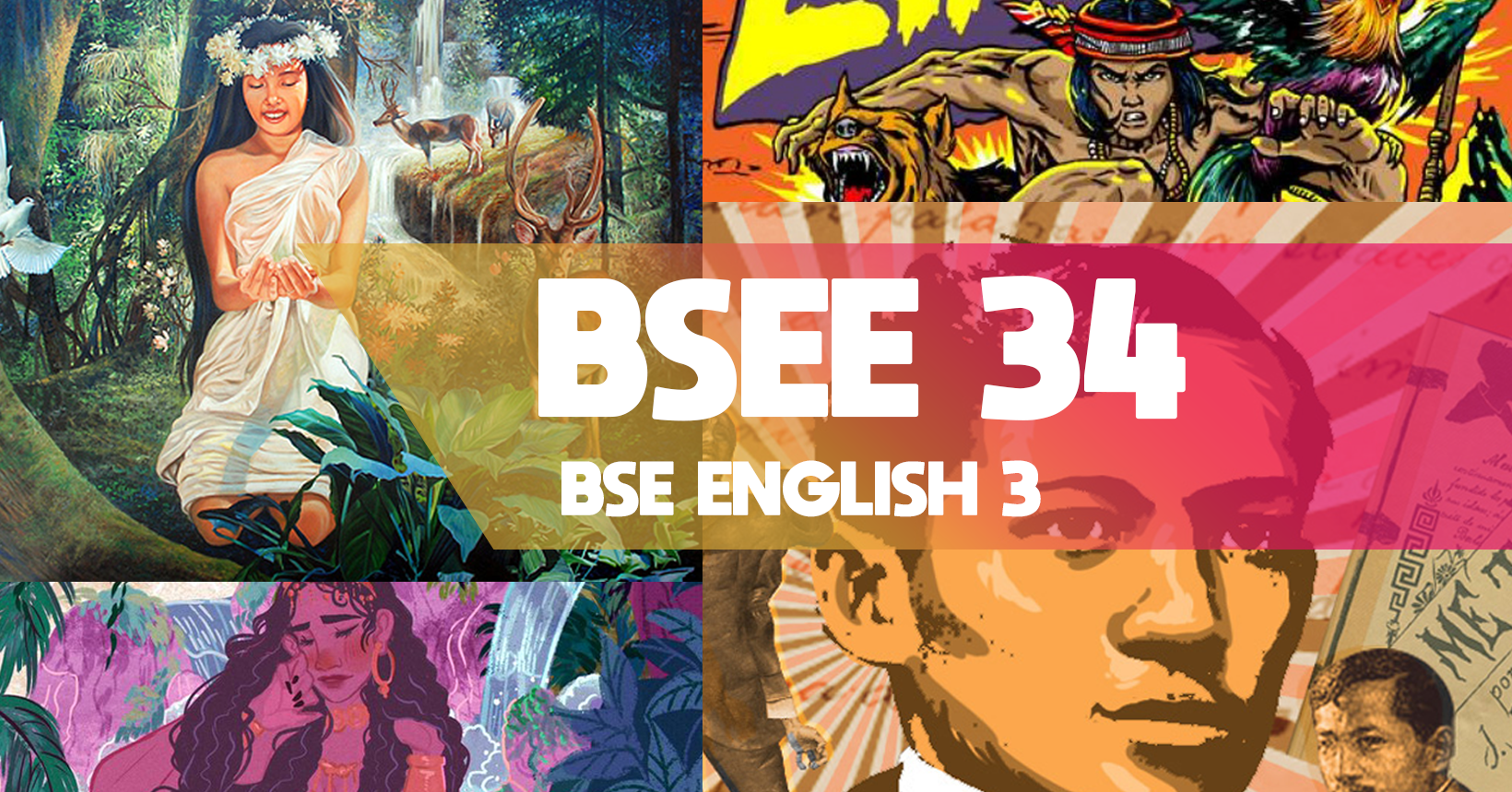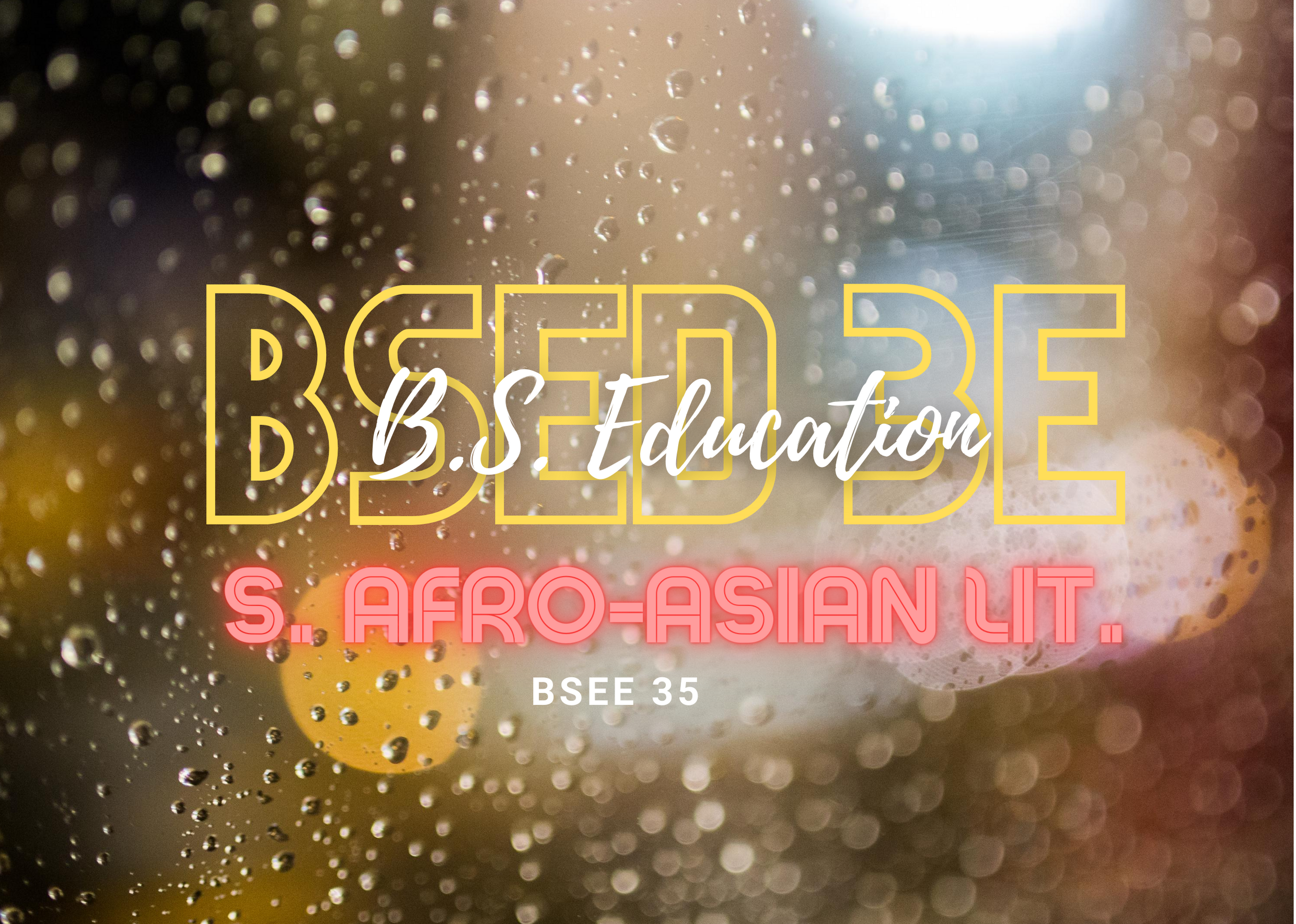Search results: 2070
This course introduces the concepts of new literacies in the 21st century as an evolving social phenomena and shared cultural practices across learning areas. The 21st century literacies shall include (a) globalization and multi-cultural literacies, (b) social literacy, (c) media literacy, (d) financial literacy and cyber literacy/digital literacy, (f) eco-literacy and (g) arts and creativity literacy. Field based interdisciplinary explorations and other teaching strategies shall be used in this course.
- Teacher: NC_Leah Navarro

- Teacher: MARC JOSEPH CANINDO
This course introduces the concepts of new literacies in the 21st century as an evolving social phenomena and shared cultural practices across learning areas. The 21st century literacies shall include (a) globalization and multi-cultural literacies, (b) social literacy, (c) media literacy, (d) financial literacy and cyber literacy/digital literacy, (f) eco-literacy and (g) arts and creativity literacy. Field based interdisciplinary explorations and other teaching strategies shall be used in this course.
- Teacher: NC_Leah Navarro
- Teacher: CAS_Imelda Filart
- Teacher: CEIT_Ronald Pena
- Teacher: CEIT_Daniel Patosa
- Teacher: CEIT_Ronald Pena
- Teacher: CEIT_Daniel Patosa
- Teacher: CEIT_Ronald Pena
- Teacher: Joel Gammayao
Describing how English sentences are constructed is not the same as telling people which sentences you consider examples of "good" or "bad" grammar. Rather it is a way of looking inside native speakers' heads in order to find out what they know about the English language that allows them to communicate clearly. What native speakers know about their language is called their "competence." Native speakers' competence includes knowledge about how to pronounce words and sentences (phonology), how to break down a complex word like "supercalifragilisticexpialidocious" into its component parts (morphology), and how to relate words and sentences to their meanings (semantics). In this course we will make only passing mention of phonology, morphology, or semantics; instead we will direct our attention to syntax -- the ways in which sentences are constructed from smaller units called phrases and how sentences are related to each other.
By the end of this course you should have acquired skill in analyzing simple and complex English sentences, and you should be able to explain and justify your analysis to other people. You will also be able to draw tree diagrams and will impress your friends by your confident use of technical syntactic terms like adjunct, complementizer, ellipsis, lexical category, modal, and wh-movement.

- Teacher: RC_Bhrendelyn Navales
- Teacher: Anabel Acuario

- Teacher: RC_Bhrendelyn Navales
- Teacher: CEIT_Daniel Patosa

- Teacher: TC_Audreyson Borilla

- Teacher: NC_Catherine Diones

- Teacher: NC_Joshua Antalan
